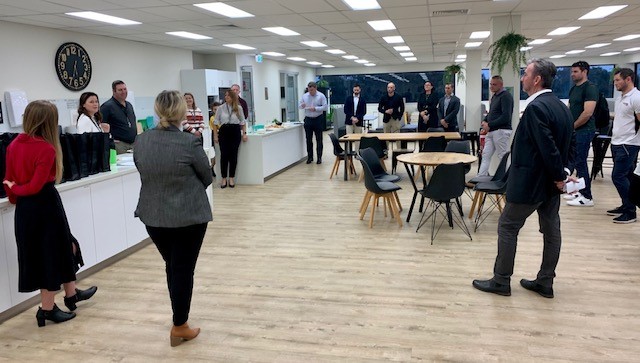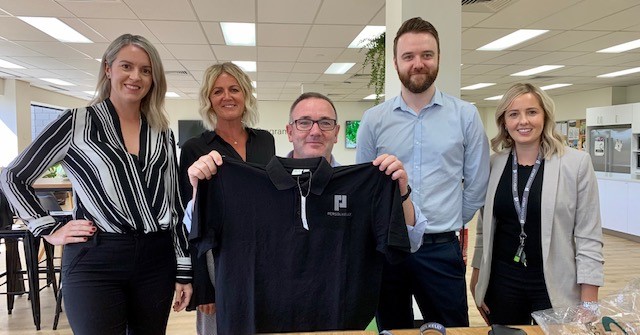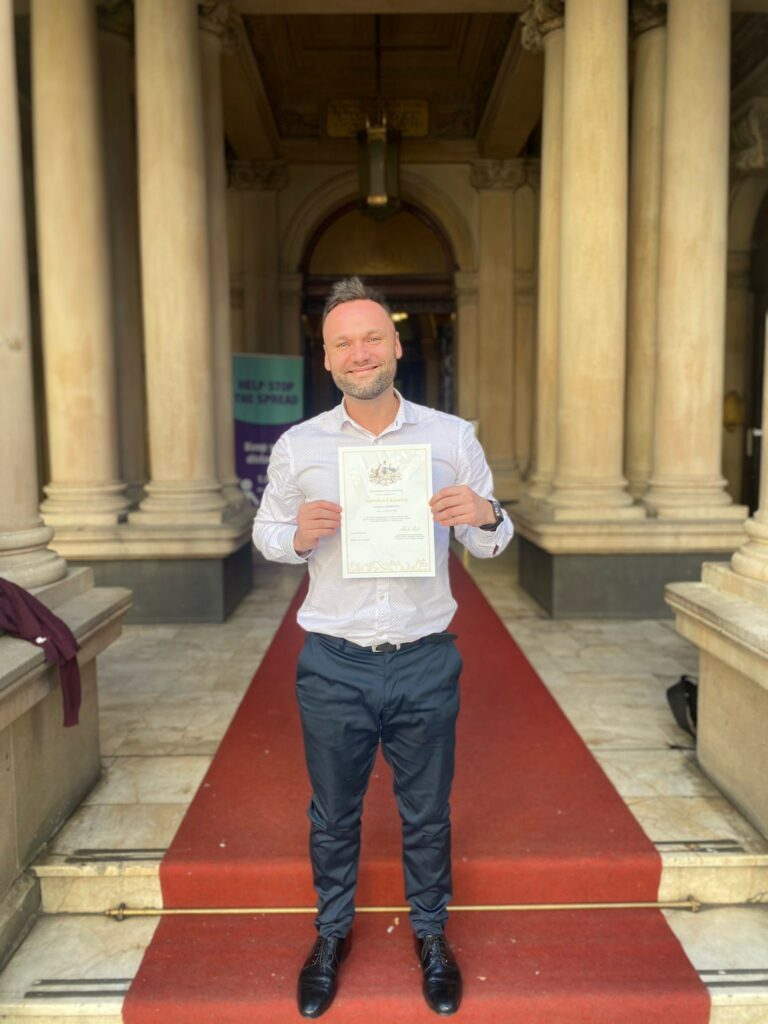Managing a remote or hybrid team can be challenging. Team members not being physically present presents its own set of challenges. It’s hard to measure how much time your team members have spent on their work without direct supervision. It can also be hard to get a sense of what they’re working on, and you may not be able to offer them the same guidance when they’re not in the same room. Although, with the right set of tools and processes, managing teams remotely doesn’t have to be difficult. There are steps and tools to help you track and follow proper processes while you keep your remote team engaged.
The TASK-based approach is a set of processes for each project:
- Take the time to do research & plan before setting project directions
- Allocate & communicate the scope of work & deadlines
- Solve anticipated problems in advance
- Keep all stakeholders informed on the project status, feedback & post-mortem reviews
According to Harvard Business School Researchers Robert Pozen and Kevin Downey, working longer hours does not necessarily mean higher productivity, but that working smarter is the key to being more effective. Therefore, it is more relevant to measure the effectiveness of your remote workers based on how well they complete each task than monitor the hours worked.
Applying the “TASK-based” approach could help you create a systematic process for your remote team to identify the specific challenges, get the work done, and measure the effectiveness or output of each member. When you manage a remote or hybrid team, it’s not realistic to measure staff performance based on the number of hours they put in. Rather, it should be measured on the output or quality of their delivery.
- Take the time to do research & plan before setting project directions
This is the most important process of managing a remote or a hybrid team when beginning a project. First and foremost, all resources should be compiled under ONE virtual platform or “drawing board” for everyone’s reference which includes useful resources to support the project. This may include researched information, customer feedback, competitor activities, job scopes of team members, strategies and objectives, budgets, and others). An example of a collaborative virtual platform is Trello – a web-based Kanban-style project management software with a built-in collaborative function. Kanban is a Japanese word for “signboard”. Trello has digital signboards, lists and cards for users to create tasks, share files, collaborate and communicate with all remote team members to stay organised. It can also be integrated within Microsoft Teams.
- Allocate & communicate the scope of work & deadlines
Make known the deadlines and your expectations for each part of the project to all team members. Don’t assume team members know their scope of work, deadlines and what you want if it hasn’t been explicitly communicated. Leaders lacking in communication skills can cause huge costs or delays to projects. For example, each team member may think that the work is still pending from someone else, but in reality, no one is working on it because the scope of work may be a shared responsibility. Give each team member realistic deadlines for deliverables. You may want to use an online gantt chart to track the timeline and get an overview of the team’s calendar, project status, and any pending approvals. Aside from Trello, Asana is another online project management tool that has this inbuilt timeline view.
- Solve anticipated problems in advance
Once you have laid out the scope of work and deadlines for your team, it’s time to solve anticipated problems in advance. This is the stage is where you need to identify any and all roadblocks even when your team members are working remotely. Usually, the best way to discern this is by monitoring the timeline. When there’s a delay in whichever part of the scope of work, it’s a signal for you as manager to dive in to diagnose and treat the problem quickly.
- Keep all stakeholders informed on project status, feedback & post-mortem reviews
Although everyone may be working remotely, with technology, you can communicate with anyone at anytime from anywhere. You can keep all your stakeholders informed on the status of the project and get their feedback using online communication tools such as Microsoft Teams, Zoom, Skype and Slack. Interval updates and feedback from all stakeholders can also help during post-mortem reviews. It can be useful to analyse the causes of failure and determine corrective steps while helping to navigate more effectively for future projects.
Conclusion
There are plenty of online project management tools available today, which help in managing an entire project remotely. However, having a great tool without the right processes will not help in increasing the effectiveness of the entire remote team. The TASK-based approach is a framework for a systematicprocess that helps you to manage your entire project team remotely to ensure effective management and quality delivery of projects.
PERSOLKELLY is one of Australia and New Zealand’s leading staffing and recruitment providers. If you’re looking for work, explore our jobs, or register your details, search and apply for jobs on GO, available free from your App store. If you’re looking for staff, get in touch with us to find out how we can support your business with great people.









